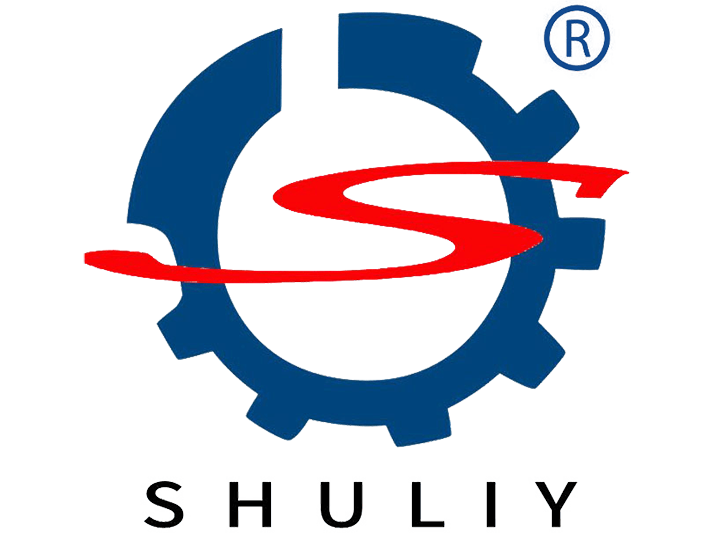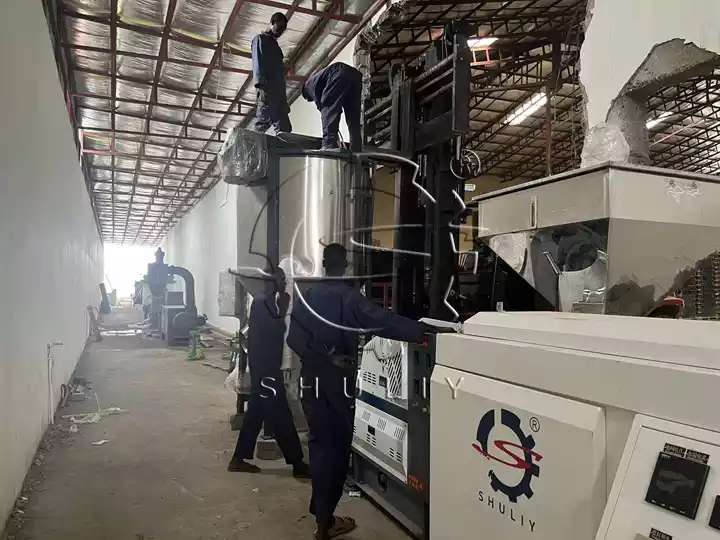Recently, our company and a customer from South Sudan completed a cooperation project of PET plastic recycling machines, including a PET crushing and washing line and a PET pelletizing line. Through this cooperation, the customer’s prospect in the field of plastic recycling economy has been further strengthened. Below are the details of the project and the on-site installation.
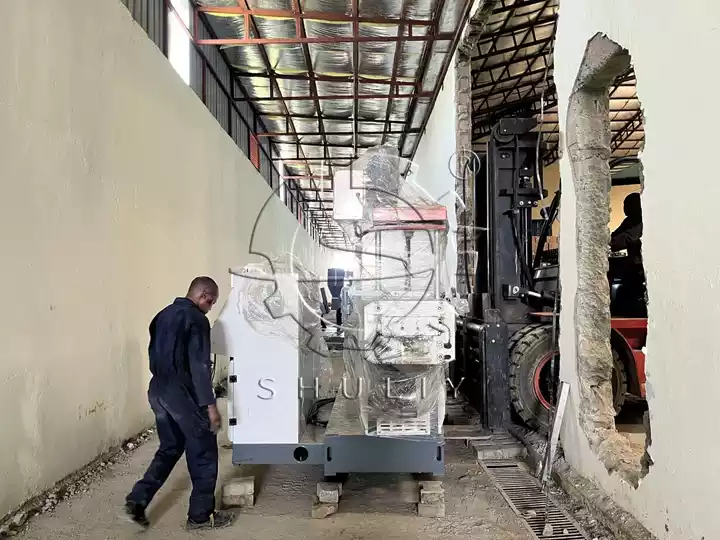
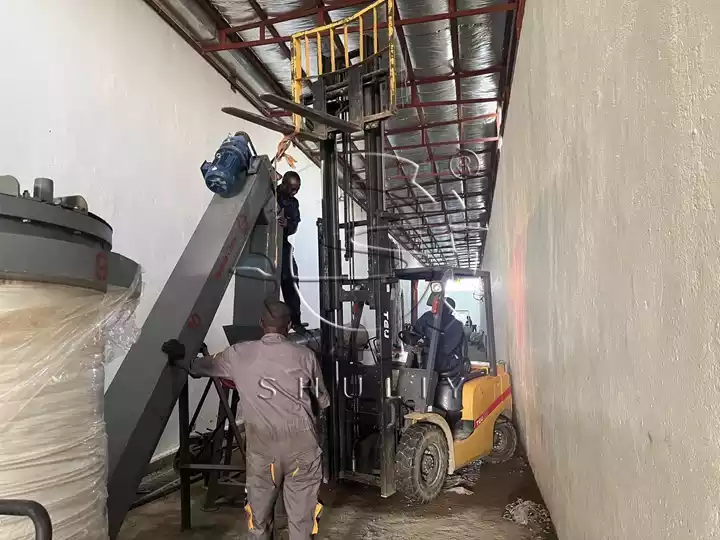
Customer background and needs
The customer from South Sudan has deep experience in the field of plastic recycling economy, and its core business focuses on the efficient recycling and reuse of plastic waste.
Seeing the huge potential of the plastic waste treatment market, the customer decided to expand its business scope to turn more plastic waste into reusable resources. To meet this demand, the customer chose our PET plastic recycling machines production line after an in-depth investigation and evaluation.
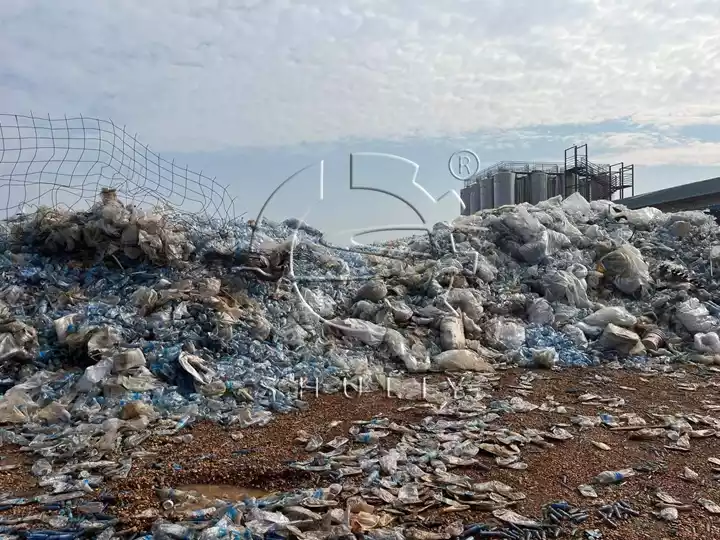
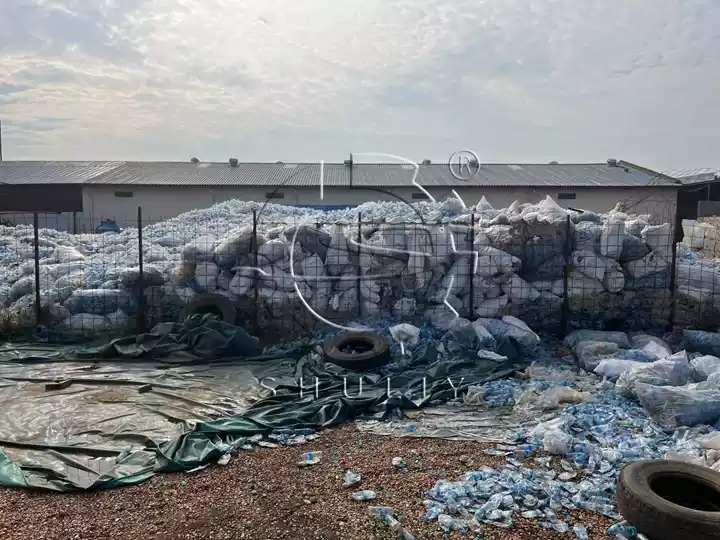
Customer expectations and goals
By introducing our machines, the customer hopes to convert a large amount of waste PET bottles, packaging materials, and other plastic wastes into high-quality recycled pellets.
These recycled pellets will be mainly used in the production of textile fibers, packaging materials, and construction materials, further developing a broad market space.
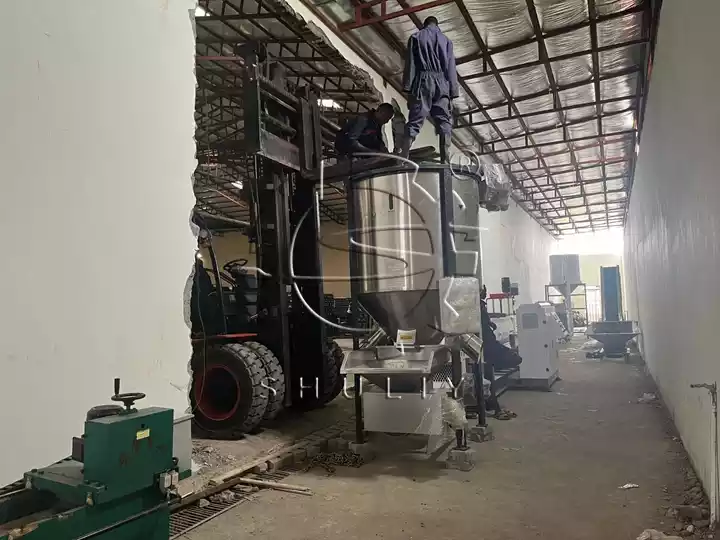
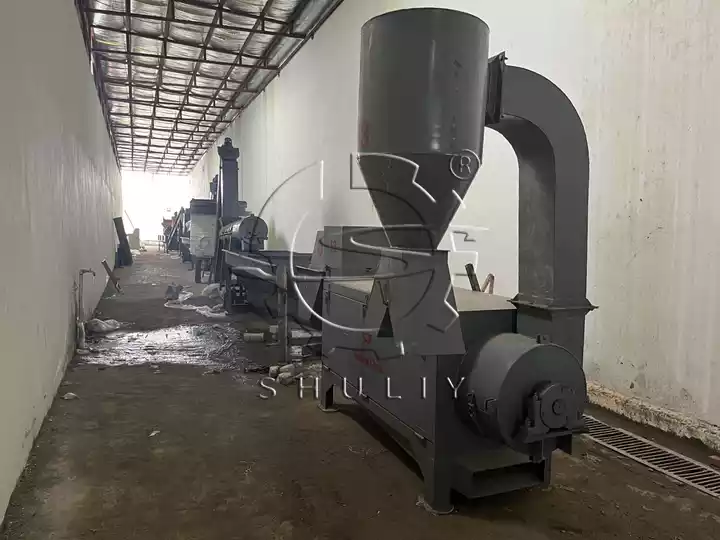
PET plastic recycling Machines information
With a processing capacity of up to 500kg/h, our PET crushing and washing line can quickly separate and wash the mixed PET waste to ensure its purity for subsequent processing. The connected PET plastic pelletizing production line can efficiently convert the cleaned PET flakes into recycled pellets with a stable output of 3-4 tons per day.
These two lines work well together to provide customers with an integrated plastics recycling solution to meet their large-scale production needs.
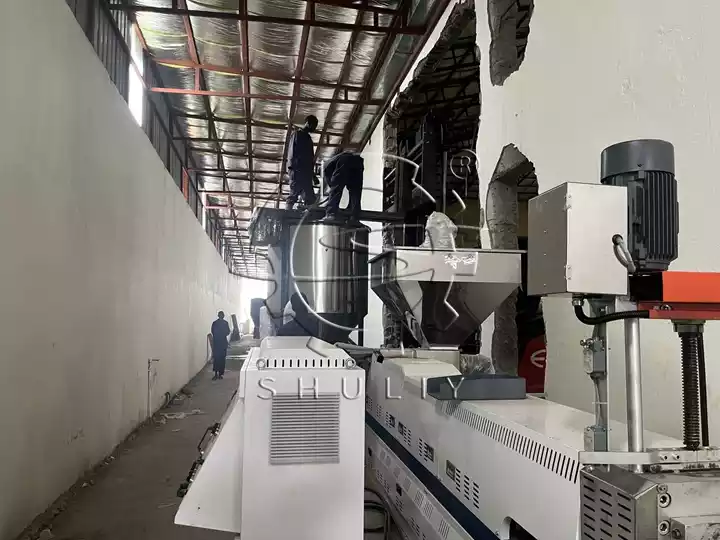
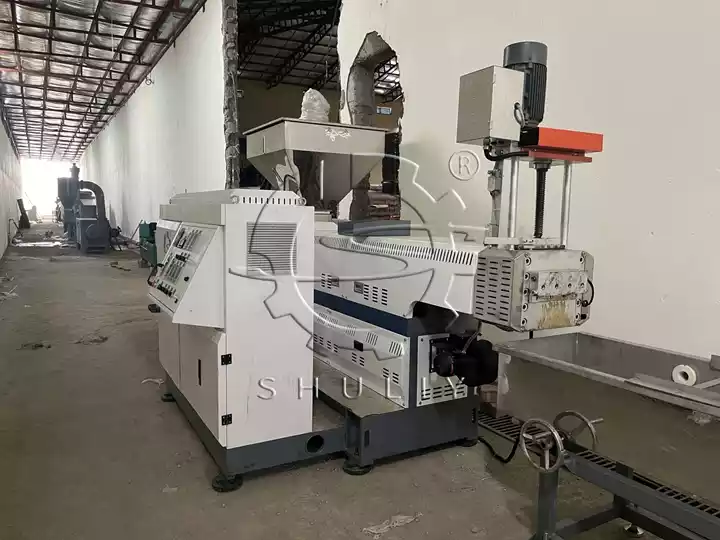
Installation and technical support
To ensure the smooth operation of the equipment, we sent experienced technicians to the customer’s site in South Sudan to carry out on-site installation and commissioning.
During the installation process, the technicians followed the whole process to ensure that each piece of equipment could run stably and provided detailed operation training for the customer’s operation team.
With the active cooperation of the customer, the whole installation process was very smooth and the equipment was quickly put into normal production.
